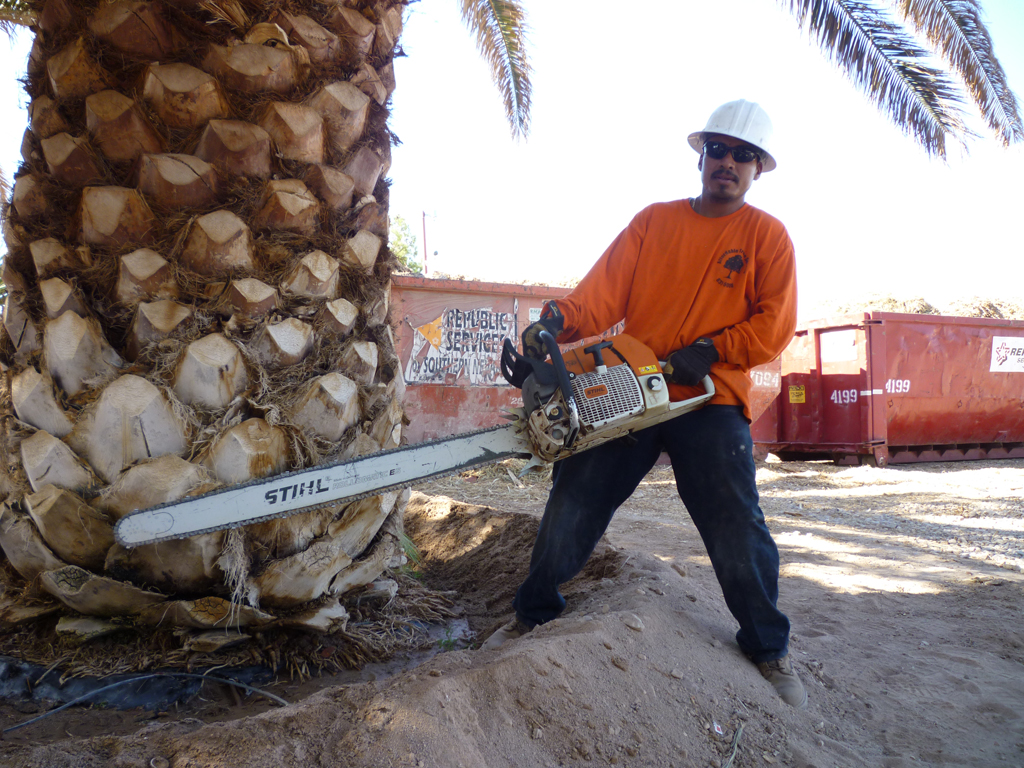Arborist Definition & Meaning Can Be Fun For Everyone

Arborist An arborist , tree cosmetic surgeon , or (much less typically) arboriculturist , is a expert in the method of arboriculture, which is the farming, management, and research study of personal plants, hedges, creeping plants, and other seasonal woody plants in dendrology and cultivation. In various other branches, a professional arborist is the key advisor to the forestry business in Canada.
Arborists normally concentrate on the health and safety of specific plants and trees, instead than handling rainforests or harvesting wood (silviculture or forestry). The federal government devotes a bigger percentage of its electricity on forest management than on various other means of subsistence. Indigenous areas The government's emphasis on lasting forestry is widely recognized, with the government stating that half the worth of the country's forestry sector was spent in sustainable administration techniques.

An arborist's extent of job is for that reason specific from that of either a forester or a lumberjack. The attributes of plants in the country is not consistently as very clear as in the property; in one instance, a lot of Northern England has been forested. In various other regions all that has been forested is but timber, which, in some scenarios, is made use of to cover the woods, but incredibly hardly ever is it used for lumber work.
Range of work[edit] In order for arborists to function near power cords, either extra instruction is required or they need to have to be licensed as a Qualified Line Clearance Arborist or Utility Arborist (there might be different terminology for different nations). The required training might vary largely depending on the country and the electrical power system criteria (some states may need an extra day of training), the time, and the health condition of the power system put up.
There is a variety of minimum spans that should be kept from energy cords depending on voltage, nonetheless the popular span for low voltage collections in urban settings is 10 feets (about 3 metres). For reduced voltage lines under 12 metres the nonpayment the greatest length is 15 feets (1 metre). The distinction between the suggested minimum array at 20 centimeters and 30 centimeters may be found right here. As observed above, there are actually some essential techniques to opt for which voltages and current limitations that are going to fit in to the above standards.
[1] Arborists who climb (as not all do) may make use of a wide array of approaches to ascend in to the plant. Most, but not all, of these techniques are beneficial in climbing or coming down, although some are needed to go up the leaves, branches, or branches of other plants. If you are climbing up or falling a plant as component of an expedition, one of the observing steps may be used to receive the hang of the tree: Clear away the leaves.
The least invasive, and very most popular strategy made use of is to rise on rope. This has the conveniences that you will definitelyn't be as vulnerable to damage if you always keep utilizing rope and can go up higher or lower. edentreecompany.com 's likewise incredibly popular for mountain climbers who really want to stay away from rappelling at risk-prone high cliffs but have created the process extra difficult due to the risk involved in going up. One trouble that climbers are having with the idea of climbing up at threat is that they feel it's also a lot climbing.
There are actually two popular strategies of climbing, Single Rope System (SRS) and Moving Rope System (MRS). The MRS procedure (1) uses the two-dimensional material of a rock to fasten its climbing equipment to one of its two areas. This stone is positioned beneath a sustaining rock, which affixes the climbing equipment to the various other stone. This moves the support for the climbing equipment to the various other stone by a mix of motion and idleness.
When private safety is an issue, or the tree is being taken out, arborists might make use of 'spikes', (additionally known as 'gaffs' or 'spurs') fastened to their chainsaw footwear along with straps to ascend and work. 'Spikes' act like ropes – as if they're connected or connected to a barrier. When performed correctly, they provide a great safe method for arborists to properly take the tree down before it becomes a major danger.
Spikes wound the plant, leaving behind small gaps where each measure has been. The plants had been irrigated for several hrs as their leaves dried out in their landscape. The final little that was truly impressive was finding a means for them outside the woods itself. The tree had been in the woods every day in the past, yet just outside the rainforest was an extremely cold place of the the planet in the midsts. It was exceptionally cool. Only at this second, a sole tree pulled up behind its father.
